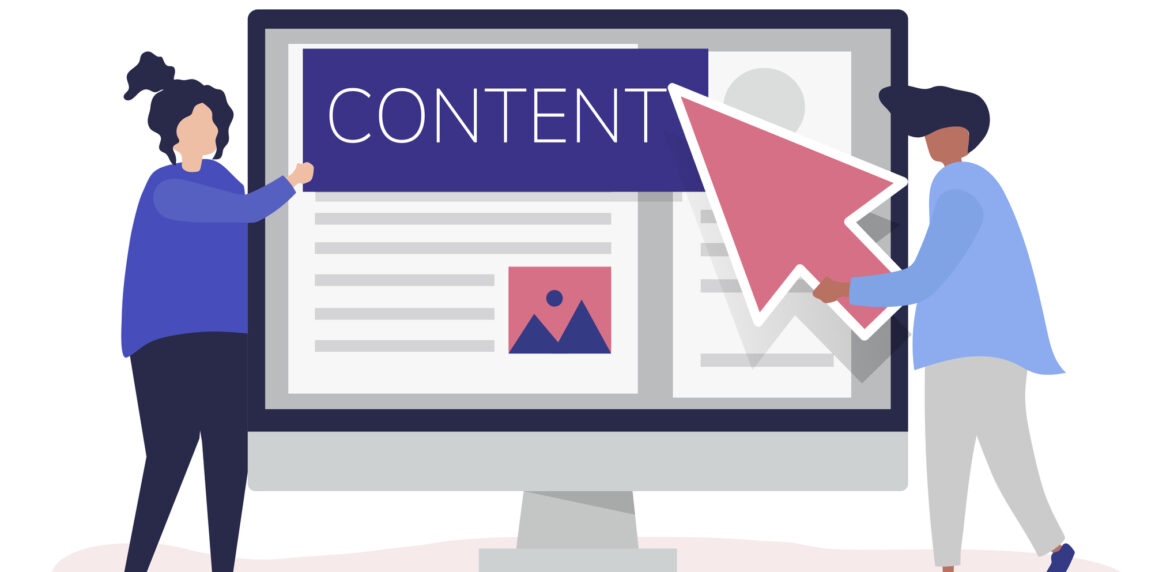
Text and how you use it can make or break the accessibility of your page. While web and graphic designers have big roles to play in creating accessible, inclusive content, content creators must support those efforts throughout the planning and writing stages. Here are three accessibility tips for content creators taken straight from the Web Content Accessibility Guidelines (WCAG).
Want help with creating a visually appealing and web accessible site? Reach out to us today.
1. Plan Text Content to Complement Images or Videos
WCAG 1.1.1 requires that non-text content on your page has text alternatives.
One of the most common examples of this is a caption alongside an image. The caption ensures people who can’t see or comprehend the picture still understand what’s being shown.
Other examples include:
- Text detailing the statistics or other facts presented in an infographic
- Transcripts of audio content published alongside a video or podcast download
- Text explaining the functionality of buttons or other navigation elements
WCAG requirements offer some exceptions. Visual elements designed only for decorative purposes don’t need text alternatives, for example.
2. Write With Programmatic Support in Mind
A theme throughout WCAG is support for assistive devices such as screen readers. When creating content, remember that not everyone will read it on the screen as it’s presented. People might use screen readers or other devices to convert your text to audio formats.
Here are some tips for creating a better experience and more engaging content for visual readers and those who might listen to the content:
- Ensure your page titles and all subheadings are informative and unique. This helps people scan your page and clues listeners in that content is moving to a different category or topic.
- Write meaningful anchor text for links. Link text should set basic expectations about what the linked page is about so readers or listeners can make a choice to click (or not).
- Ensure any instructions on the page are clear and complete. If you want someone to enter the date in a box, include instructions that say so. On top of that, let them know what date format you require, such as MM/DD/YY. Don’t assume people can figure it out by what the box looks like, as not everyone will see the box.
3. Use Simple, Concise Language When Possible
WCAG 3.1 is concerned with whether content is readable — by people as well as machines and assistive devices. Using simple, concise language is important. Ensure you’re stating things in the most straightforward way possible, and explain concepts and terms that might be unfamiliar to your audience.
You should also spell out acronyms on the first mention on each page, and be aware of how you’re using list formats. Complicated lists with multiple levels of content may not be accessible to all users. Stick to simple lists where each bullet point provides an answer to the same question or covers information in the same category.
Taking the time to attend to accessibility from the start of content creation is a good idea for any organization. Accessible content helps you connect with a wider audience. And since Google wants to present the best possible resources to users in search engine results, accessible content may help boost your SEO performance.
Further reading and resources:
- Further reading and resources: